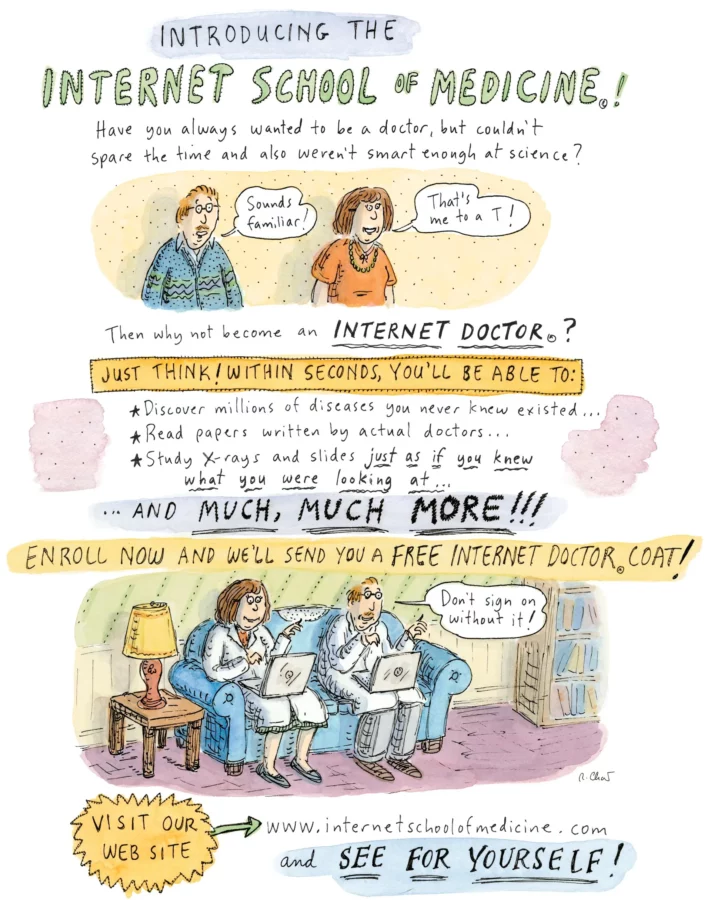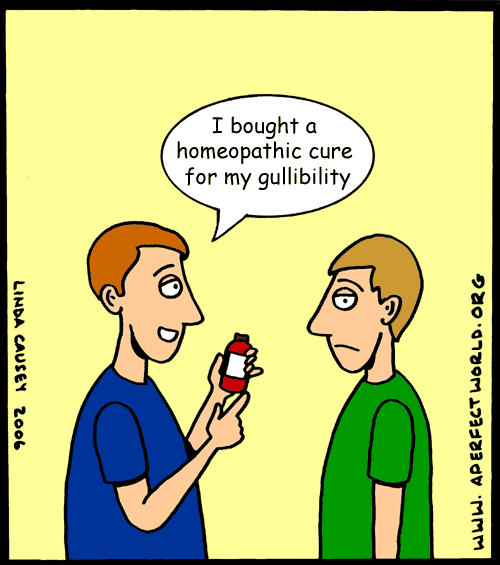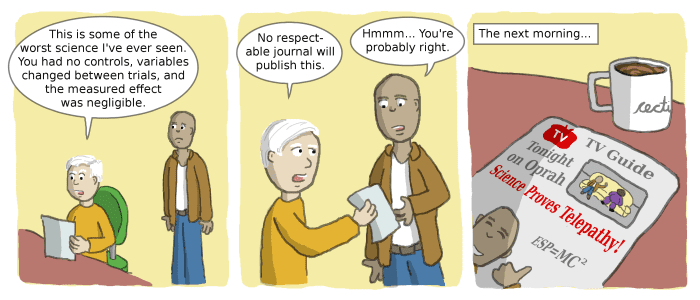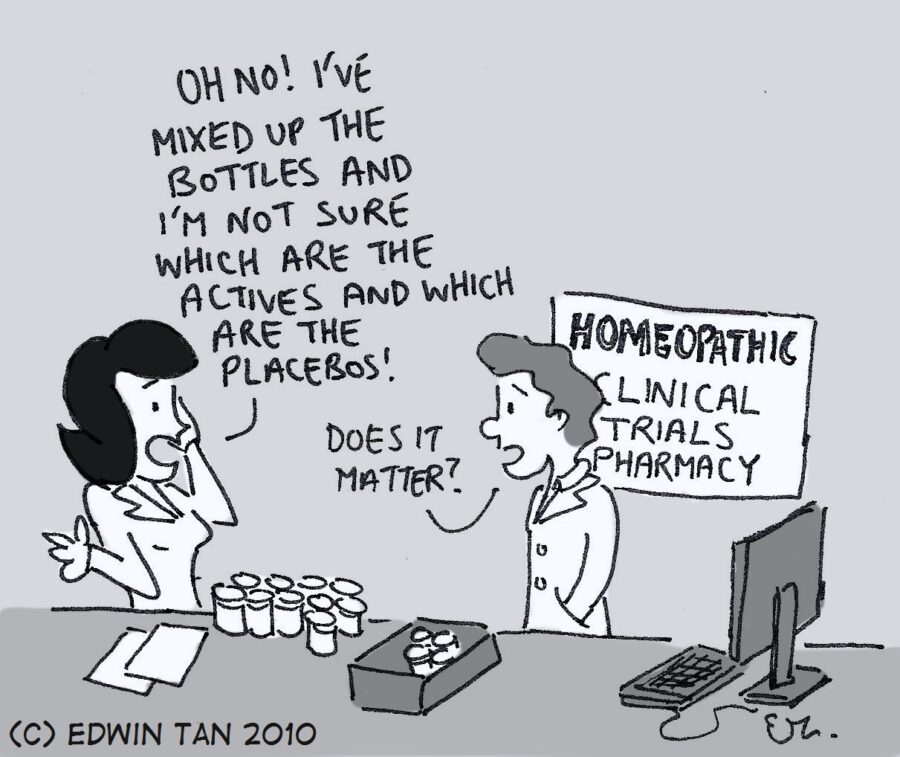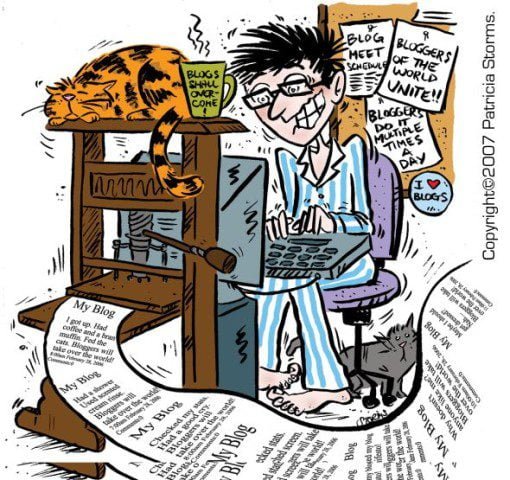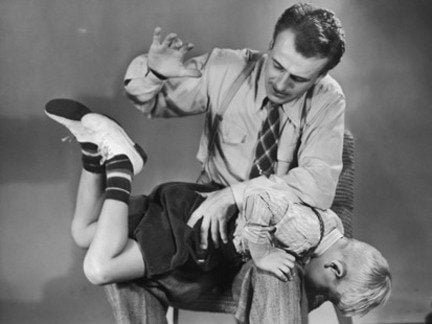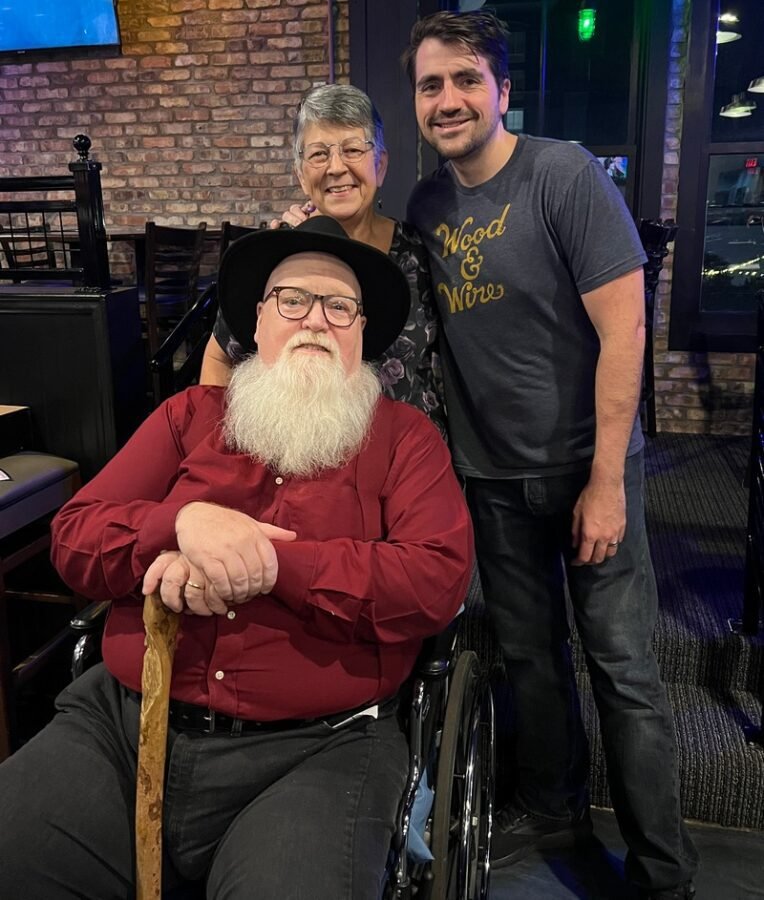
Last week, I shared with readers my interaction with a former church member named Terry. Terry was a teenager and young adult in two churches I pastored in the 1980s and 1990s. You can read my responses to Terry here and here.
Terry decided to stop messaging me, leaving me with one final comment. After striking a conciliatory tone, Terry took issue with my use of swear words — three out of 3,000 words — saying, “Not sure why you have [to] drop foul language in you[r] blogs sounds ignorant and childish.” Sigh, right? (Please read Why I Use the Word “Sigh.”) It is almost always Fundamentalist Christians who get upset over my use of non-approved words. I addressed this subject in a post titled Evangelical Swear Words. I don’t use many swear words in my writing. If my sparse use of them offends you, then, by all means, stop frequenting this site. I wouldn’t want to cause any further anal clenching for you. 🙂
Terry also had one more judgment to hurl my way:
Have you considered your health might be a judgment from God.
Terry knows I have serious health problems. I explained all of these issues in my second response to him. Yet, he decided to say that the “real” reason for my suffering is that God is judging me. Terry is not the first Evangelical to make such a claim. How could Terry possibly know that my health problems are his peculiar God’s judgment on my life for walking away from Christianity? Only God could know this for sure, right? Yet, Terry and other Evangelicals, seem to think they can divine God’s will, purpose, and plan for what I have experienced in life.
While my gastroparesis and exocrine pancreatic insufficiency (EPI) diagnoses were determined in the past three years, everything else I am dealing with: fibromyalgia, osteoarthritis, high blood pressure, diabetes, neuropathy, and degenerative spine disease, all first showed their faces while I was still an Evangelical pastor. My debilitating pain predates my atheism. I was an on-fire, sold-out follower of Jesus when I saw a doctor who diagnosed me with fibromyalgia. I was twenty-one years old the first time I had a problem with my spine. Polly, my partner of forty-six years, has many “fond” memories of the years I spent battling pneumonia and never-ending problems with bronchitis. She fondly remembers me spending a night in the ICU for a suspected heart attack, only to, thankfully, hear I had pleurisy. She remembers me almost dying from mononucleosis in the early 1990s; hearing the internist at the hospital tell her that if my immune system didn’t pick up there was nothing he could do for me. She almost was a widow at a young age.
Evangelicals who say my health problems are God’s judgment seem to be clueless as to how their words are “heard”; either that, or they don’t care. Do they really believe that telling me that their peculiar God is inflicting me with pain and suffering for no other reason than I lack sufficient evidence to believe in or worship him will lead me back to Jesus?
In 2023, I wrote a post titled, Bruce, You Are Sick and in Pain Because God is Trying to Get Your Attention. I said, in part:
I have a three-year-old redheaded grandson named Silas. He’s a handful. Silas has no fear of anything. He must be watched at all times. Our living room is small, 16’x20′. We have three lamps in the room, along with an overhead light. I HATE the overhead light. My grandkids know not to turn the light on when I am in the room. Not Silas. He will run over to the wall switch, give me a look — you know, THAT look — turn on the light, and run off. No matter what I say or do, Silas keeps flipping the switch. Mischief is his middle name, some sort of karmic payback for my own childhood mischief. If my mom were alive, she would be smiling.
Imagine if I determined to teach Silas a lesson about the overhead light. I decided that the next time Silas turned the light on I would break his arm. Boy, that would get his attention, right? This is EXACTLY what Evangelicals are saying when they say that God has afflicted me to get my attention or to teach me a lesson. What, exactly, did I ever do to God to deserve such punishment? Or is God okay with Bruce, the Evangelical-preacher-turned-atheist, and it is Evangelicals who want to see me suffer? Sadly, many Evangelicals are sadists. Unbelievers have what they can’t have, so they rail against them, uttering threats of suffering, death, and Hell.
If I broke Silas’ arm because he kept turning on the light, I would deserve to be arrested and locked up for my crime. So it is for the Evangelical deity who inflicts suffering on finite beings. If such a deity exists, he is unworthy of our worship.
As far as my pain and suffering coming from God is concerned, I wrote:
Let me circle back around to this idea that God gave me fibromyalgia, gastroparesis, and degenerative spine disease because he is trying to get my attention; that every night I writhe in pain in bed, unable to sleep, my suffering is a message of love from the Christian deity.
What’s with God “trying” to do anything? Is he weak and powerless, unable to do what he wants? If God is not willing that any should perish, how is possible that Bruce Gerencser, a frail, broken-down biped, can thwart God’s will? Surely God can easily and effortlessly reach me at any time. “Nothing is too hard for God” and “with God all things are possible,” the Bible says. Yet, it seems that saving me is too hard for God and that it is impossible for the Big Kahuna to reach me.
If my suffering is God trying to get my attention, does this mean that if I repent and put my faith and trust in Jesus, my chronic pain and illnesses will immediately and magically disappear? Crickets are all I hear from Evangelicals. They know there is no connection between my health problems and God. None. Shit happens, and this is my shit to deal with.
As I told one Evangelical zealot several weeks ago after she said she was praying God would totally heal me, if God heals me I will immediately repent and become a Christian. I will shutter this blog and immediately return to church. I might even become a pastor again. What a miraculous story I would have to tell. The Defiant Atheist Bruce Gerencser Brought to Repentance and Faith By God Delivering Him From Pain and Suffering!! What a story, right?
And a “story” it shall remain. As much as I would like to go to bed tonight without pain and debility, I know that God is not going to heal me. This is my lot in life, and no amount of praying will change this fact. God isn’t judging me. I am paying the price of admission to the human race. I accept that this is just how things are.
Bruce Gerencser, 68, lives in rural Northwest Ohio with his wife of 47 years. He and his wife have six grown children and sixteen grandchildren. Bruce pastored Evangelical churches for twenty-five years in Ohio, Texas, and Michigan. Bruce left the ministry in 2005, and in 2008 he left Christianity. Bruce is now a humanist and an atheist.
Your comments are welcome and appreciated. All first-time comments are moderated. Please read the commenting rules before commenting.
You can email Bruce via the Contact Form.


